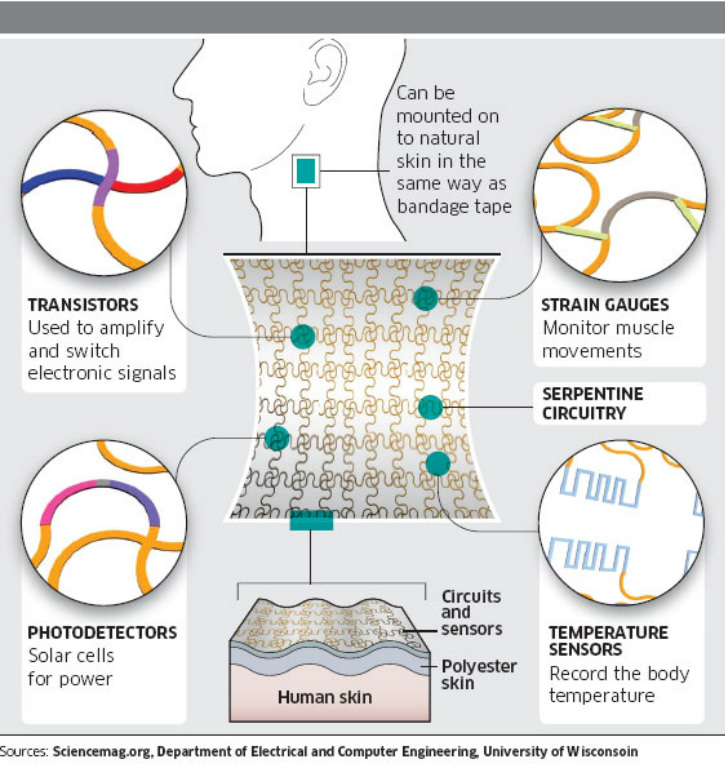The Goal of Ubiquitous Computing

 Ubiquitous computing may be defined broadly as "machines that fit the human environment instead of forcing humans to enter theirs." Mark Weiser coined the phrase "ubiquitous computing" around 1988, during his tenure as Chief Technologist of the Xerox Palo Alto Research Center (PARC).
Ubiquitous computing may be defined broadly as "machines that fit the human environment instead of forcing humans to enter theirs." Mark Weiser coined the phrase "ubiquitous computing" around 1988, during his tenure as Chief Technologist of the Xerox Palo Alto Research Center (PARC).
"Ubiquitous computing names the third wave in computing, just now beginning. First were mainframes, each shared by lots of people. Now we are in the personal computing era, person and machine staring uneasily at each other across the desktop. Next comes ubiquitous computing, or the age of calm technology, when technology recedes into the background of our lives." --Mark Weiser
See: Ubiquitous Computing, Calm Technology and Pervasive Connectivity.
The "natural" interaction paradigm of ubiquitous computing has yet to emerge. Current human-computer interaction models, whether command-line, menu-driven, or GUI-based, are inappropriate and inadequate to "ubiquitous". Moreover, it appears the rise of mobile "apps" and crude Internet of Things tech has made computing more intrusive while adding little, if any, value (beyond frivolous entertainment).
Yet in many ways we are already living in a ubiquitous computing world: Internet, mobile devices, GPS, digital audio players, radio-frequency identification tags, and interactive whiteboards is evidence of attempts to interact with humans in better ways.
Moreover, innovation is creating a more ubiquitous technology world every day. Recently, the invention of a thin and flexible electronic circuit that can be stuck to the skin like a temporary tattoo will soon allow us to wear our computer or mobile phone under our sleeve.
According to Stephen Hawking, "Humans are entering a stage of self-designed evolution." Consider the following examples:
July 2009 -- Spanish researchers discover substance for photographic memory.
October 2009 -- Italian and Swedish scientists develop the first artificial hand with feeling.
March 2010 -- Retina implants restore vision to blind patients.
June 2011 -- Texas Heart Institute develops a "spinning" heart with no pulse, no clogs and no breakdowns.
The Internet, cloud, mobile devices, neural networks, machine learning, deep learning and the Internet of Things are the first baby steps to ubiquitous computing.
When we learn to walk and run, business and life will change in significant ways.
This is the best time in history to be a technology innovator. The team that creates real ubiquitous computing in harmony with human psychology - that adds demonstrable economic and social value - will create the future.
